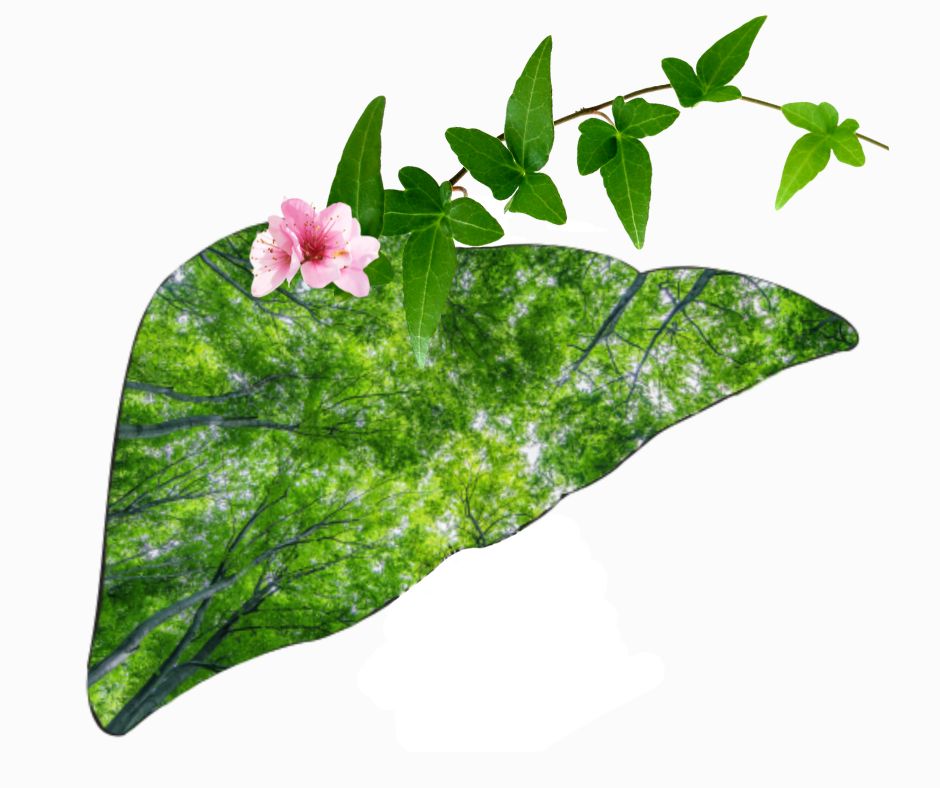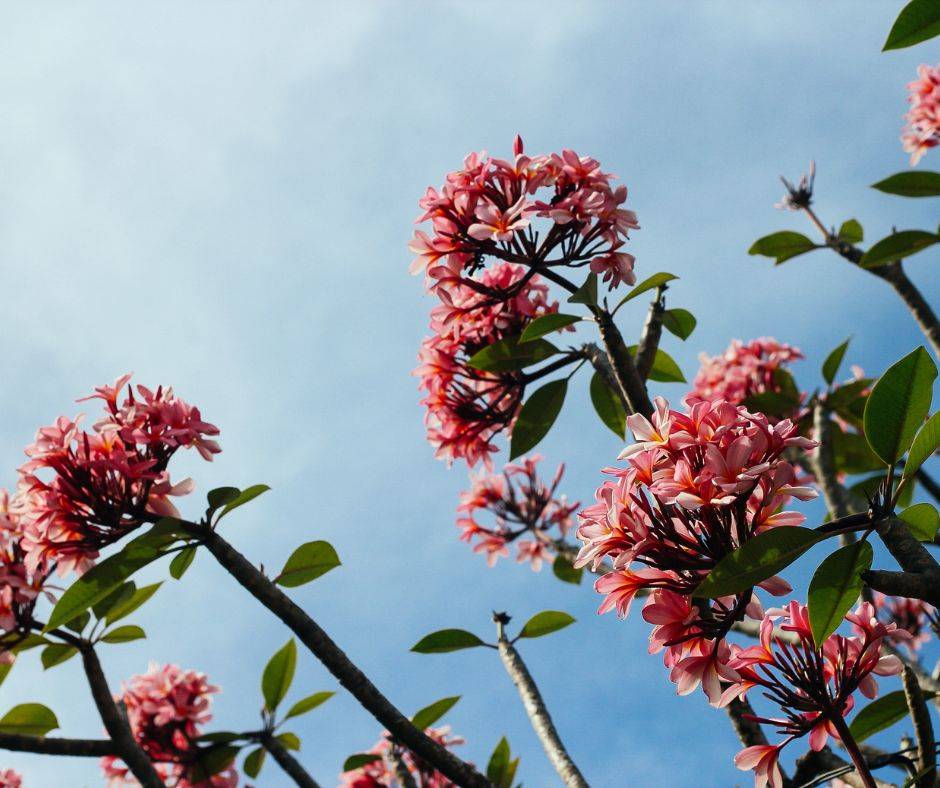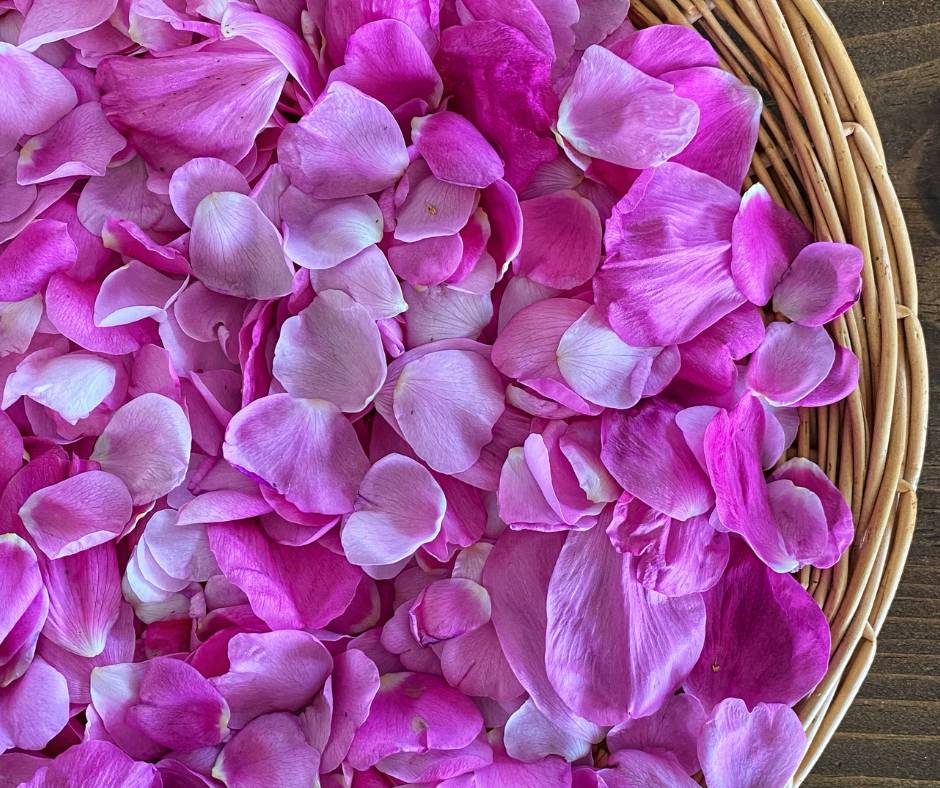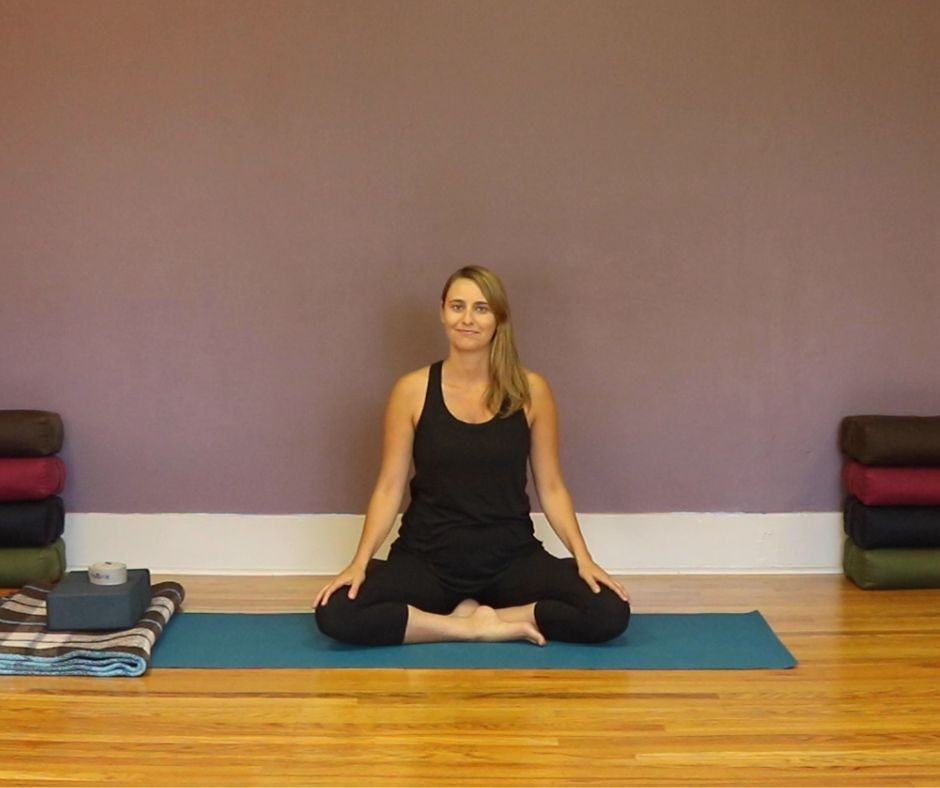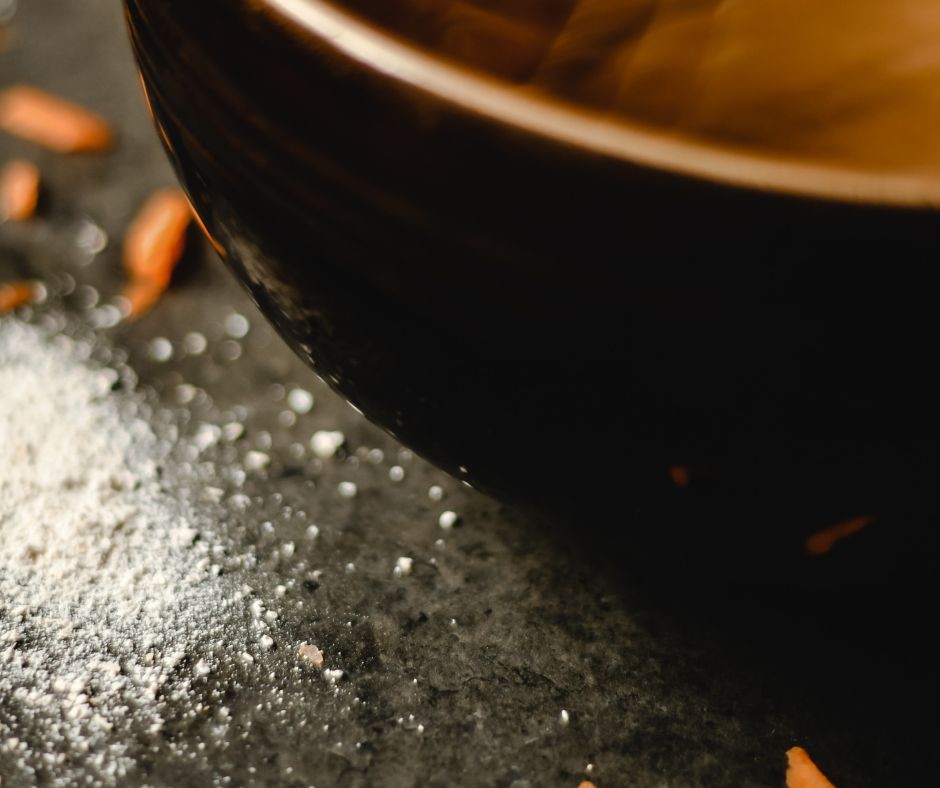In Traditional Chinese Medicine (TCM), the Liver is responsible for the smooth flow of Qi throughout the body. When Liver Qi becomes stagnant due to stress, emotional suppression, or an unhealthy lifestyle, it can lead to frustration, irritability, headaches, digestive discomfort, and even menstrual irregularities.
As a TCM practitioner, I recommend acupressure as a practical, accessible way to restore balance and promote emotional and physical well-being. Stimulating specific acupressure points can encourage Qi to move freely again, reducing symptoms like headaches, eye strain, digestive discomfort, PMS, or tightness. They can also help release stored emotional tension and engage the parasympathetic nervous system, fostering a sense of ease and clarity.
Try these acupressure points to soothe Liver Qi. (Learn more about foods for Liver Qi here and Liver Qi emotional imbalance here.)
Liver 3 - Taichong - “Great Surge”
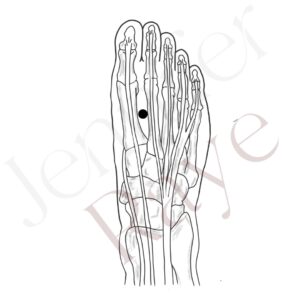 Location: On the top of the foot, between the first and second toes, about two finger-widths above the webbing.
Location: On the top of the foot, between the first and second toes, about two finger-widths above the webbing.
Why it works: One of the most potent points for moving Liver Qi, calming the mind, and reducing stress-related headaches, anger, or frustration.
How to apply acupressure:
- Sit in a comfortable position.
- Use your thumb to press firmly on this point.
- Apply circular pressure for 1-2 minutes on each foot.
- Breathe deeply and focus on releasing tension.
Gallbladder 34 - Yanglingquan – “Yang Mound Spring”
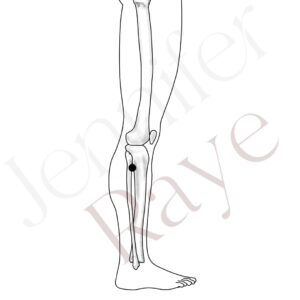 Location: On the outer lower leg, just below and in front of the fibula head (the bony area outside your knee).
Location: On the outer lower leg, just below and in front of the fibula head (the bony area outside your knee).
Why it works: Relieves tightness in the muscles, particularly in the neck and shoulders, while also promoting the free flow of Liver Qi.
How to apply acupressure:
- Locate the tender spot just below the knee on the outside of the leg.
- Use your thumb or knuckle to press firmly.
- Hold for 30-60 seconds, then release.
- Repeat on both legs.
Pericardium 6 - Neiguan – “Inner Pass”
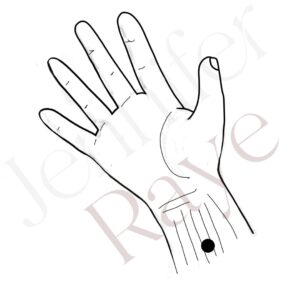 Location: On the inner forearm, about three finger-widths above the wrist crease, between the two tendons.
Location: On the inner forearm, about three finger-widths above the wrist crease, between the two tendons.
Why it works: It helps ease stress, anxiety, chest tightness, and emotional overwhelm, making it an excellent complement to Liver Qi balancing.
How to apply acupressure:
- Press down gently but firmly with your thumb.
- Hold for 1-2 minutes while taking slow, deep breaths.
- Repeat on the other wrist.
Liver 14 - Qimen – “Cycle Gate”
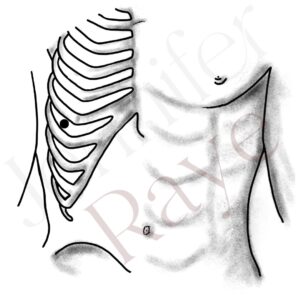 Location: Below the nipple, in the sixth intercostal space (along the lower ribs).
Location: Below the nipple, in the sixth intercostal space (along the lower ribs).
Why it works: It helps release emotional tension in the chest, improves digestion, and soothes PMS symptoms.
How to apply acupressure:
- Gently massage the area under your ribs in small circles.
- Apply steady pressure for 30-60 seconds on each side.
- Breathe deeply and focus on softening any tension.
Yin Tang – “Hall of Impression”
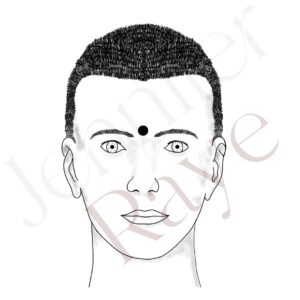 Location: Between the eyebrows, in the center of the forehead.
Location: Between the eyebrows, in the center of the forehead.
Why it works: While not directly on the Liver meridian, this point helps calm the mind, reduce stress, and balance emotions affected by Liver Qi stagnation.
How to apply acupressure:
- Gently press with your index or middle finger.
- Apply light circular motions for 1-2 minutes while breathing deeply.
Final Tips for Acupressure Practice
Consistency is key – Perform acupressure 1-2 times daily for best results.
Breathe slowly and consciously – Breathe through your nose and visualize tension melting away.
Pair with lifestyle changes – Incorporate movement (like yoga or walking), eat Liver-nourishing foods (dark leafy greens, beets, and sour foods), and practice mindfulness. Find more suggestions here.
By incorporating these acupressure points into your routine, you can help restore balance to your Liver, release emotional stagnation, and feel more relaxed and energized.

